King of Castles
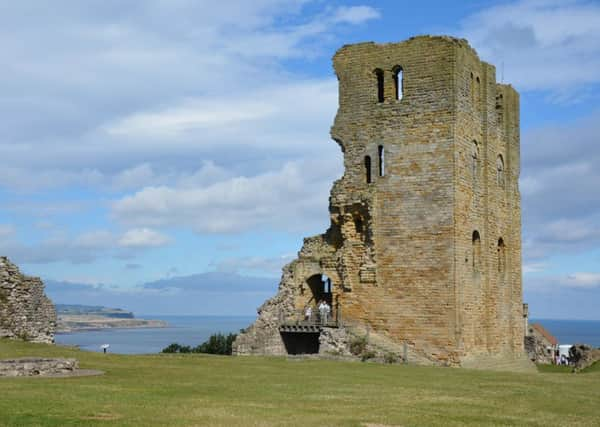

Tools and pottery fragments unearthed from the Bronze Age (c.2500 until c.800 BC) suggest the earliest evidence of human activity. Other finds include a Bronze Age axe-head and a magnificent sword.
Following excavations during the 20th century, positive proof of two settlement periods has been put to about 800BC and 500BC, although how extensive these were is unclear. Archaeological finds from the Iron Age (c.AD800 to 43) have also surfaced.
Advertisement
Hide AdAdvertisement
Hide AdDuring the late 4th century, the Romans erected a tower with a wall and ditch on the headland, one of a number of signal stations they built on Britain’s north-eastern coast. Among the discoveries from Roman times are pottery vessels, used to store, cook and serve food and drink.
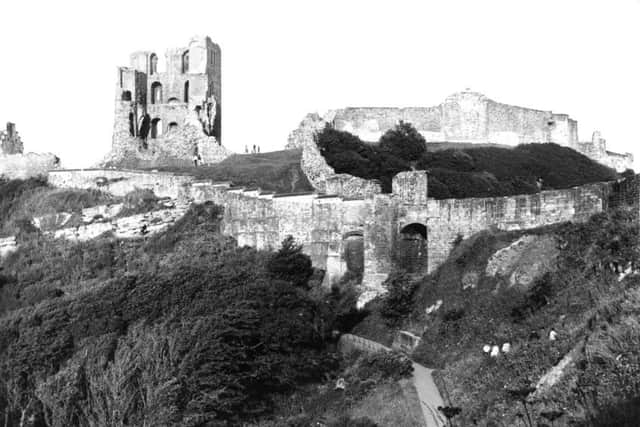

After the Romans left Britain, the Scarborough signal station was eventually dismantled (although traces may still be located) and a chapel created, along with a small cemetery. The chapel has also long since disappeared.
Scarborough’s first castle was founded by William le Gros during the 1130s. He was responsible for enclosing much of the headland site with a wall and erecting a tower on the position of the present keep.
Within a few years of its foundation, le Gros lost his new stronghold when Henry II (1133-1189) acceded in 1154. He demanded the return of all royal castles.
Advertisement
Hide AdAdvertisement
Hide AdDuring Henry’s reign, Scarborough castle was rebuilt at a cost of around £650 – an enormous amount at the time – and this was spread over the ensuing ten years. The main expenditure was on a new tower or keep, constructed from 1159 to 69. Henry also enclosed the new structure and its surrounding courtyard of domestic buildings with the inner bailey wall.
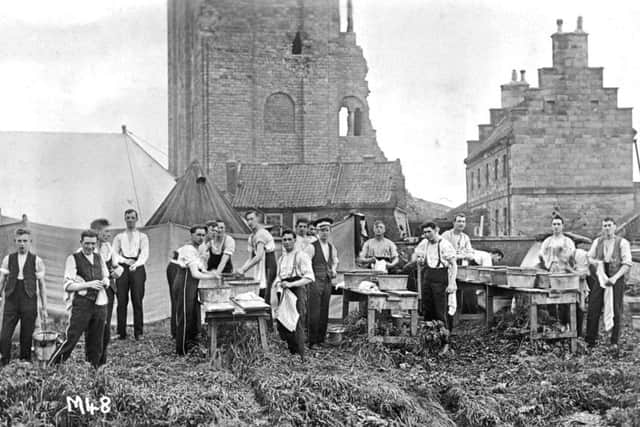

Similar to other castle buildings developed in England after the Norman Conquest of 1066, the keep stands more than 27m (90ft) high and is designed on a square plan with walls 3.5m (12ft) thick. Interestingly, as may be seen from the reconstruction drawing showing the keep in about 1200, the roof was concealed within the structure. In certain technical details the keep compares to three earlier ones at Bungay, Walden and Castle Hedingham, all in East Anglia
The keep comprised a large first-floor chamber probably for the royal household; a second-floor chamber formed a set of inner apartments.
When King John (c.1167-1216) came to the throne, he spent £2,291 on Scarborough – more than any other castle in the country. Both Knaresborough and Scarborough castles were developed as major royal strongholds to control Yorkshire.
Advertisement
Hide AdAdvertisement
Hide AdKing John’s work at Scarborough was carried out in two stages. The first one, undertaken c.1202-06, was the building of an outer wall to the inner bailey. A second phase saw the extension of that wall down to the cliff; the construction of a hall in the inner bailey; a new royal chamber block; and a separate aisled hall in the outer bailey. Amongst the castle’s occupants recorded in 1215 were ten knights, 72 sergeants and 13 crossbowmen.
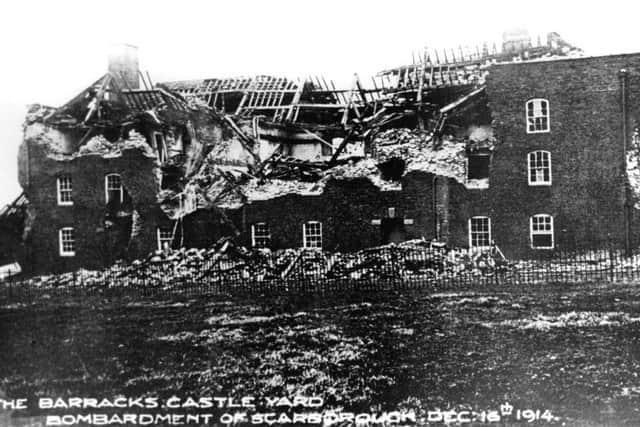

John’s son, Henry (r.1216-1272) not only maintained the castle but strengthened the barbican (the fortified entrance of the castle), rebuilding it with a bridge and a double drawbridge tower. The work took place between 1243 and 1245 and is similar in design to the ‘Black Tower’ at Newcastle and the 1280s entrance to Conwy Castle. Access from the Scarborough barbican into the main castle enclosure was through a gateway (no longer existing) called ‘Constable Tower’ set immediately beneath the keep.
Scarborough Castle was besieged on a number of occasions, most notably in 1312, 1536 and 1557. The last king to visit was Richard III (r.1483-5) in 1484.
During the English Civil War a local gentleman, Sir Hugh Cholmley, was sent with a regiment to hold it for the Parliamentarians in 1642 and for a short period thwarted Royal forces. However, in a startling about-turn, Cholmley became disillusioned and changed sides.
Advertisement
Hide AdAdvertisement
Hide AdThe Royalists depended on finances, munitions and soldiers from the Continent, and their principal army, in York, had no access to a harbour to bring in supplies. Thus, Scarborough was of great strategic importance.
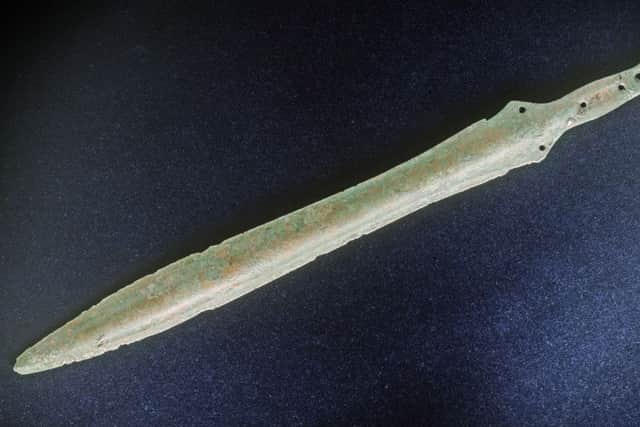

Cholmley held the castle with the help of 600 foot soldiers, 100 horsemen and 100 dragoons or mounted soldiers. But, during a siege by Parliamentary forces in 1645 the massive walls of the keep split in two and half the building collapsed. Running out of gunpowder, cash and finally food, Cholmley surrendered.
The castle was repaired by Parliamentarians, until further skirmishes occurred and orders were given to destroy the building. But opposition from the townspeople prevented this.
From the 1650s, the castle served as a garrison and a prison. Founder of the Society of Friends George Fox was held there for his religious beliefs between April 1665 and September 1666.
Advertisement
Hide AdAdvertisement
Hide AdDuring the Jacobite rising of 1745 some restoration was done, the most notable addition being the construction of a barracks block.
In the German bombardment of Scarborough on December 16, 1914, two warships fired more than 500 shells from the bay. The castle wall and barracks were hit several times. Some 17 civilians were killed and more than 80 seriously wounded.
Between 1920 and 1984 the castle was in state guardianship; the 18th century barracks block was demolished and the Roman signal station and later chapel excavated. From the latter date, the castle has been part of English Heritage.